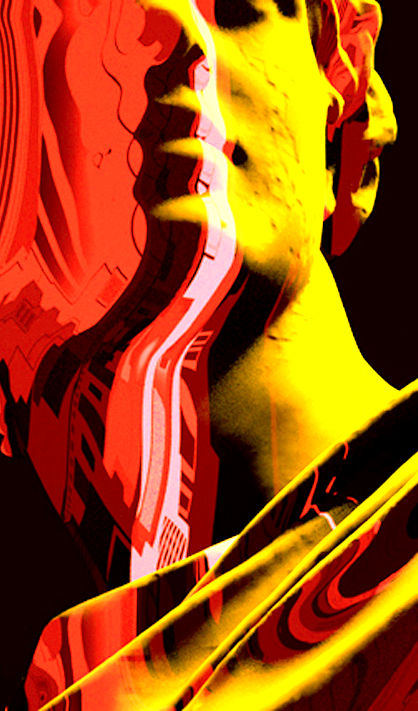
Vvzela Kook
gods and Pilgrims
New media artist Vvzela Kook works in various audiovisual media,including performance, theatre, computer graphics and drawing to explore contemporary performing arts such as the possibility that dance and computer-generated arts could co-exist. Kook’s video works combine technology with her artistic practice to reproduce and convert urban cityscapes into an integrated virtual experience. The condensed textures in her works connect with multiple sensual levels in our perception and reintroduce the unexplored potential of video as a medium












